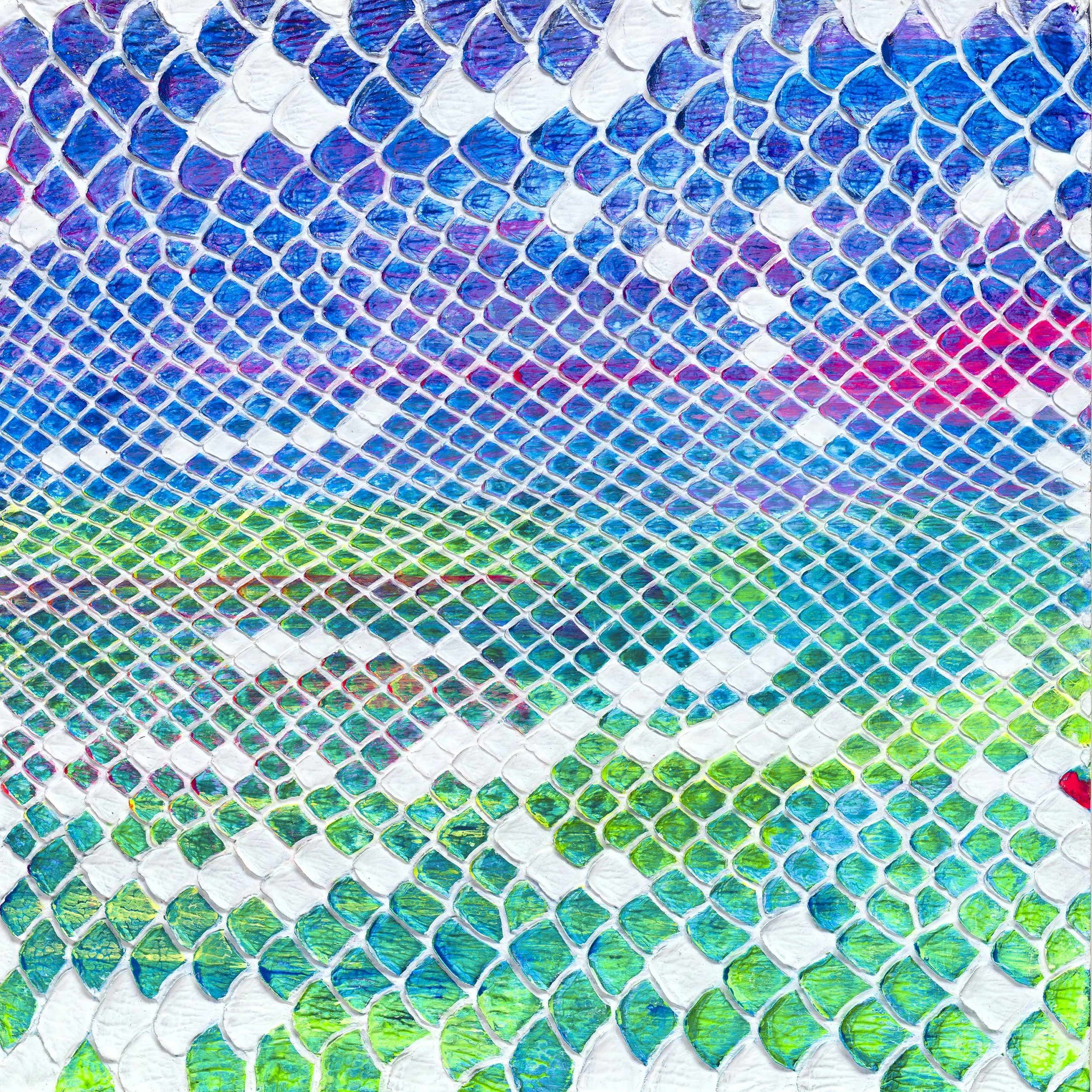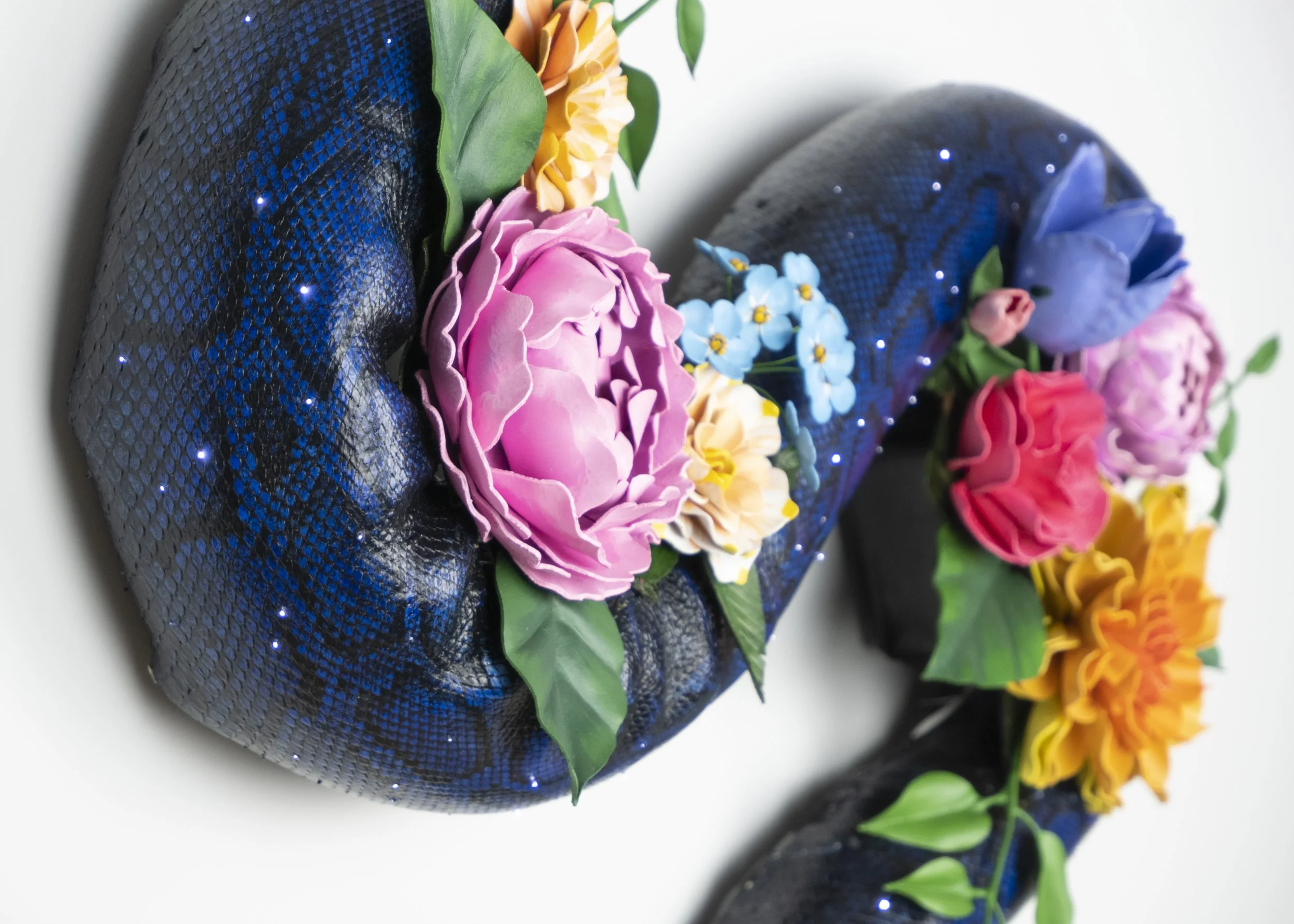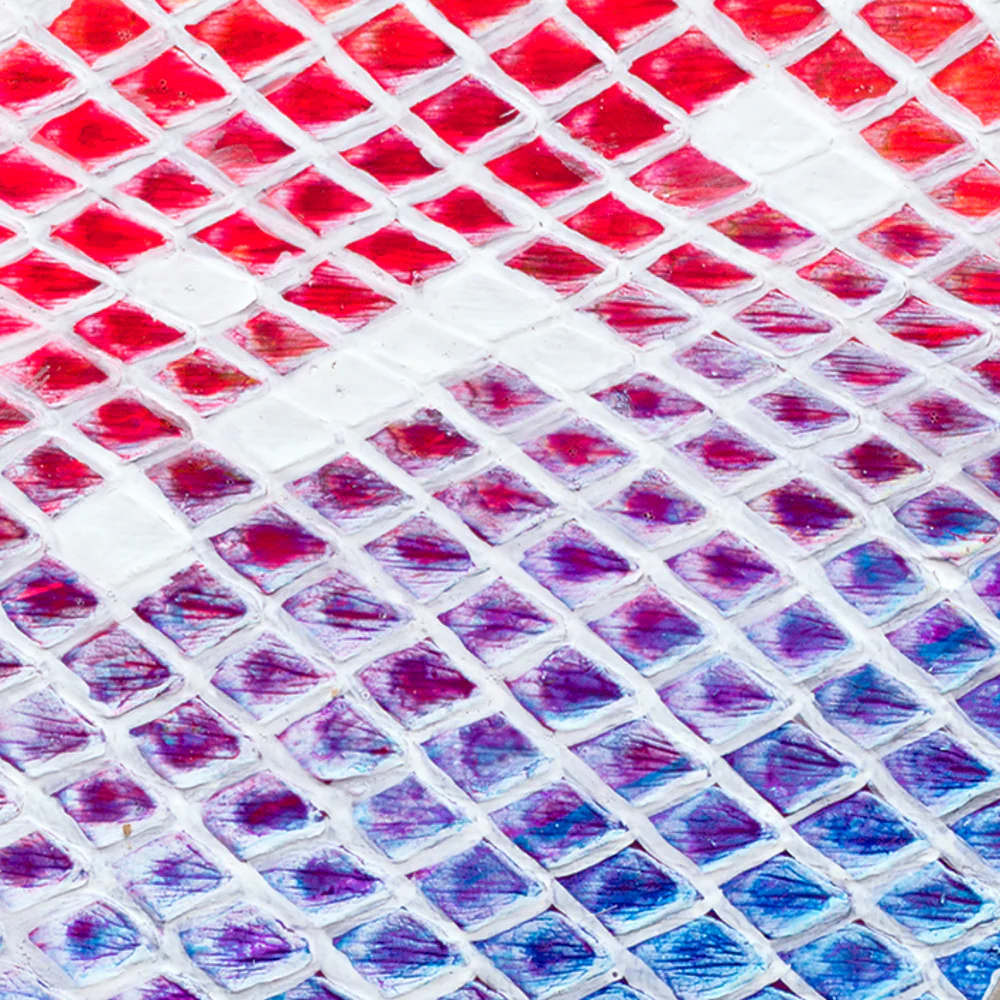Invasive Burmese Python
Each invasive Burmese python I use contributes to protecting more than 70 native species of mammals, birds, and reptiles, along with the $1.3 billion economy sustained by the Florida Everglades. My work with this material transforms one of the most destructive predators in North America into lasting art with measurable impact.
Burmese pythons, originally imported from Asia as exotic pets, were accidentally released into the Everglades in the 1980s. With no natural predators and the ability to grow over 15 feet long, they have since devastated the ecosystem, consuming at least 99% of small mammals and thousands of birds in the region. Their range continues to expand, with sightings as far south as the Florida Keys and as far north as Georgia.
Efforts to control them include full-time hunters, seasonal culling programs, and annual python removal competitions. Unlike other invasives, python meat is often unsafe to eat due to high mercury levels, but their skins have found new purpose. Durable, patterned, and striking, they are increasingly used in fashion and design as responsibly sourced exotic leather.
In fine art, I am the first to use Burmese python leather as a primary medium. Its bold scale patterns and natural strength invite new artistic possibilities, while each piece represents direct ecological restoration in the Everglades. Through my practice, invasive pythons are transformed from destructive force into works of art that unite beauty, material innovation, and conservation impact.















